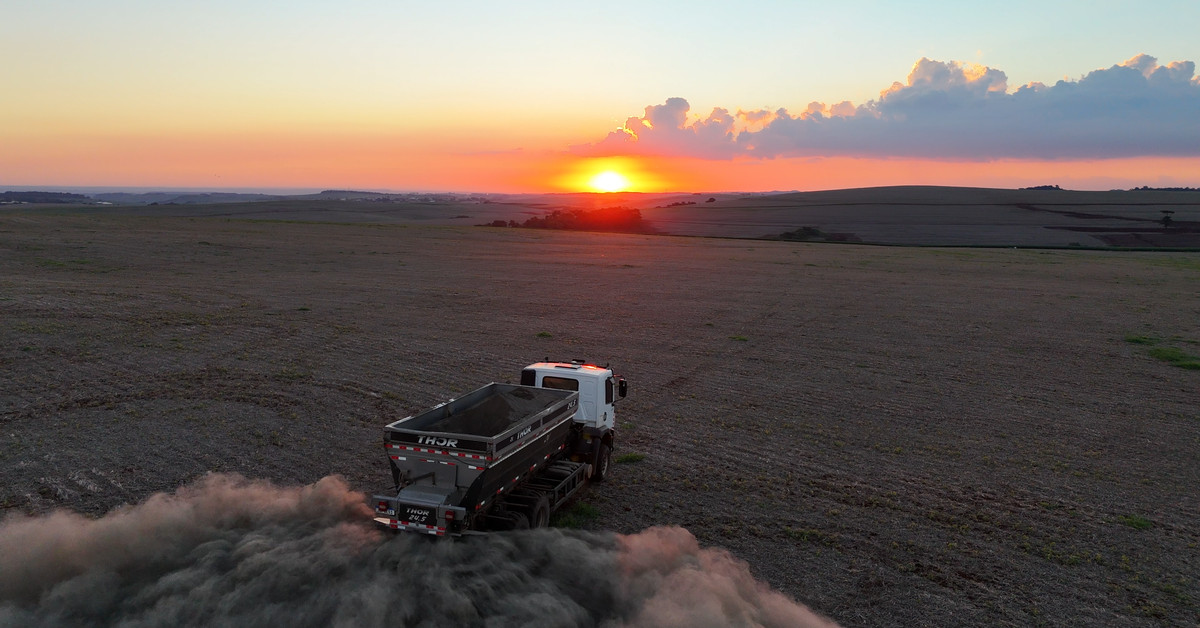A New Approach to Mitigating Climate Change?
Google, H&M Group, and Salesforce have collectively agreed to pay Terradot $27 million to remove 90,000 tons of carbon dioxide from the atmosphere through a process called enhanced rock weathering (ERW). This is one of several multimillion-dollar deals announced recently, with Google also committing to purchasing an additional 200,000 tons of carbon removal from Terradot. These investments mark a significant step towards utilizing natural processes to counteract the impact of pollution on the climate.
The Science Behind Enhanced Rock Weathering
Enhanced rock weathering is based on a natural process that occurs when rainfall breaks down rocks, releasing calcium and magnesium ions, which trigger a chemical reaction that traps CO2 in water as bicarbonate. This bicarbonate-laden groundwater eventually makes its way to the ocean, where it stores the carbon and keeps it out of the atmosphere.
Terradot’s approach involves crushing up rock and spreading it over large areas, increasing the surface area of exposed rock available for reaction with CO2. By doing so, Terradot aims to accelerate this natural process and capture more carbon dioxide from the atmosphere.
The Benefits of Enhanced Rock Weathering
ERW offers several benefits:
- Low-tech approach: Unlike other carbon capture methods, ERW is relatively simple and requires minimal infrastructure.
- Scalability: The process can be scaled up to cover large areas, making it a viable option for widespread adoption.
- Sustainable: ERW uses natural processes that have been occurring for thousands of years.
The Challenges Ahead
While Terradot’s approach shows promise, several challenges need to be addressed:
- Measurement and verification: Currently, there is no precise way to measure the amount of CO2 captured through ERW.
- Cost-effectiveness: The cost of capturing CO2 through ERW may not be competitive with other carbon capture methods.
- Potential delays: ERW may slow down or delay a transition to clean energy.
A Critical Look at Carbon Removal
Carbon removal is often touted as a solution to mitigate the effects of climate change. However, experts warn that it should not be seen as a substitute for reducing greenhouse gas emissions in the first place. Carbon dioxide removal technologies, like ERW, can only counteract some of the pollution already released into the atmosphere.
The Role of Google and Other Big Companies
Google’s commitment to purchasing 200,000 tons of carbon removal from Terradot is significant, but it represents a small fraction of the company’s overall carbon footprint. Google has acknowledged that switching to clean energy is the only effective way to stop climate change and that carbon removal can only be seen as an attempt to counteract some of its legacy pollution.
Conclusion
The investments made by Google and other big companies in enhanced rock weathering represent a new approach to mitigating the effects of climate change. While there are challenges ahead, the potential benefits of ERW make it an area worth exploring further. However, it is essential to keep a critical eye on carbon removal technologies and ensure they do not distract from the need for reducing greenhouse gas emissions.
Related Articles
- Google’s Future Data Centers Will be Built Next to Solar and Wind Farms
- Google Inks Nuclear Deal for Next-Generation Reactors
- Carbon Dioxide Emissions from Fossil Fuels are Already Making Heatwaves, Droughts, Wildfires, Storms, and Other Climate Disasters More Dangerous



